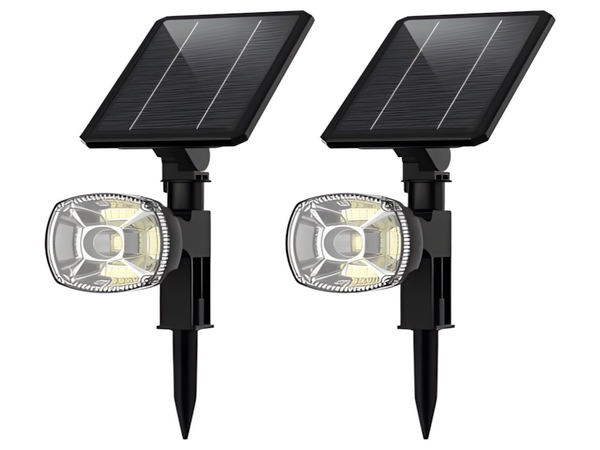
Rural areas do not have the bustling activity of cities, the colorful neon lights, or the ubiquitous street food stalls. When night falls, the only illumination along the roads leading to the village comes from solar-powered streetlights. So what are the advantages of installing solar streetlights in rural areas? Below is an introduction from the editors at Century Sunshine Lighting.
Advantages of installing solar streetlights in rural areas:
1. Installation Advantages
Installing solar streetlights does not require complex wiring; it only requires creating a base for the pole and tightening the screws. In contrast, constructing city electric streetlights involves a complex operational process. This includes extensive civil works such as cable laying, trench digging, threading through pipes, and backfilling, which consume significant manpower, resources, and finances. Finally, testing is needed, and any problems can lead to considerable expenses.
2. Cost Comparison
Solar streetlights can provide long-term benefits with a one-time investment. Because the circuitry is simple, maintenance costs are minimal, and there are no electricity fees since they operate on solar power. Conventional electric streetlights incur high electricity costs and have complicated wiring that requires frequent repairs. In situations with unstable voltage or thunderstorms, bulb failures are more likely.
Additionally, with the passage of time, aging wiring can lead to increasing maintenance costs each year.
3. Safety Comparison
Solar streetlights operate at low voltages (3.2V/12V/24V), ensuring stable voltage and reliable operation, with no safety hazards, making them ideal products for ecological communities and road authorities. Traditional streetlights pose various safety risks, and people’s living environments are constantly changing due to road reconstruction, landscape engineering, power supply issues, and intersections of gas, water, and electricity pipelines, creating multiple hazards.

4. Environmental Protection Comparison
Solar streetlights utilize solar power, which is a clean, renewable energy source with zero emissions and pollution. Solar streetlights align with national energy conservation and emissions reduction policies, promoting green, sustainable development.
5. Lifespan Comparison
The lifespan of solar streetlights significantly exceeds that of traditional electric streetlights. This is because solar products operate at low voltage. For the same wattage, the power consumption of solar lamps is one-twentieth that of electric streetlights. Higher power levels lead to more heat generation, faster aging, and higher failure rates. Generally, solar streetlights have a lifespan of over 15 years, while electric streetlights usually last only 7-8 years. Solar streetlights often come with a 3-year warranty from manufacturers, while electric streetlights typically have a 2-year warranty.

The above shares the advantages of installing solar streetlights in rural areas. We hope this article is helpful to you. If you have any questions or need clarification, feel free to leave a message, and we will respond as soon as possible.



